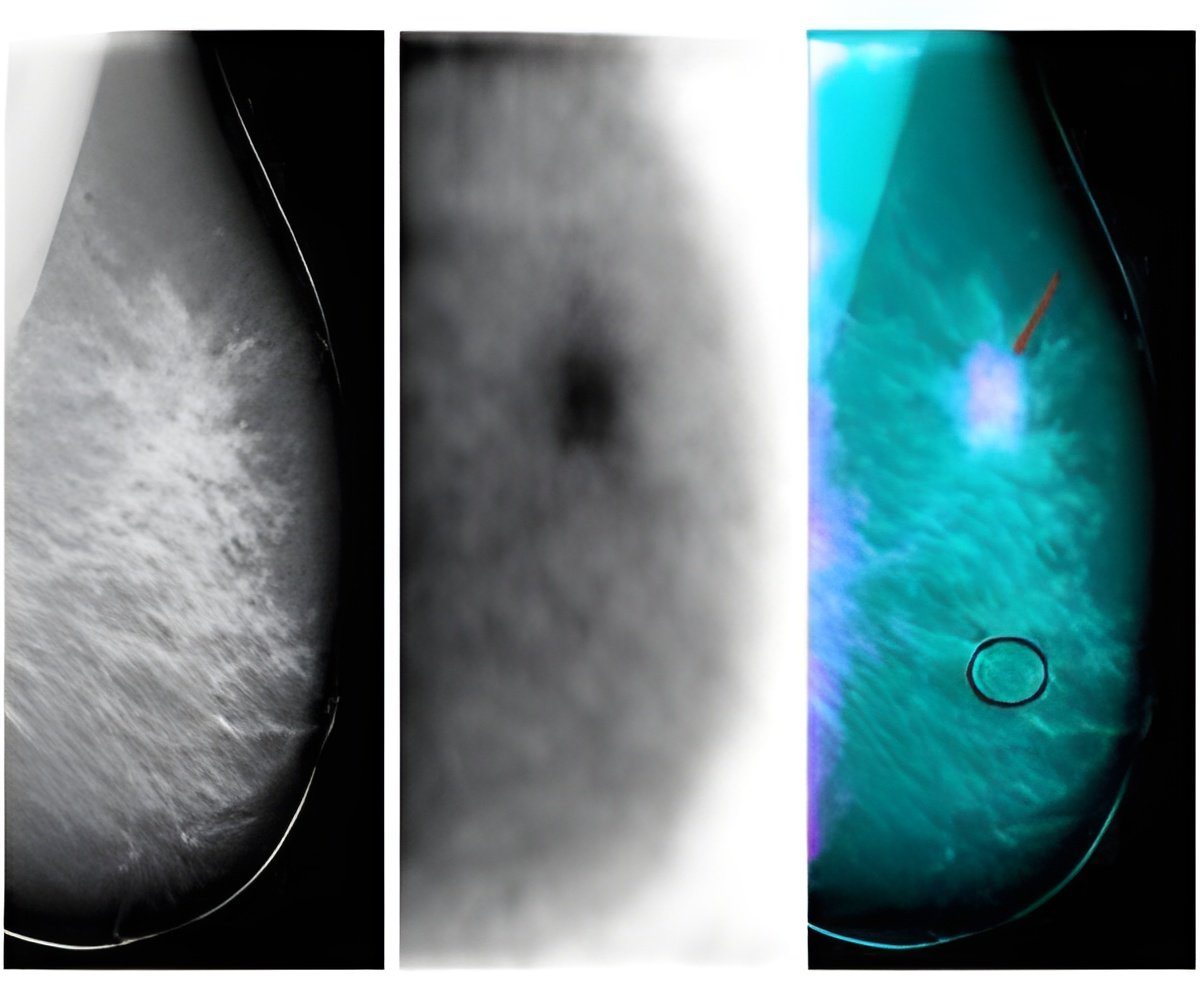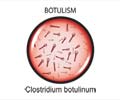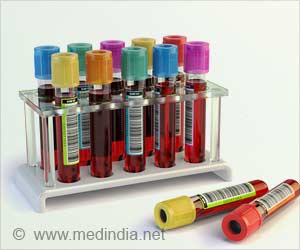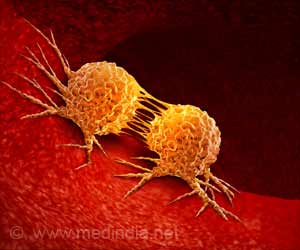Mucus may play an active role in the penetration of hydrophobic substances, including toxins and carcinogens, into our cells, a study has found.

The thick substance lining those internal bodily organs that come into contact with the outer environment, such as the respiratory system, the digestive system, and the female reproductive system
But encouragingly, the researchers believe that their discovery will one day prove useful in enabling non-water-soluble drugs to enter cells and treat diseases such as cancer.
Some of these dangerous substances, such as polycyclic aromatic hydrocarbons, are present in petroleum products and also formed through the partial combustion of fossil fuels that are used to operate power stations, planes, cars, space heaters, and stoves.
In the new publication, Gozin and Peer describe their success in getting certain substances, some of them toxic, to penetrate digestive-system cell cultures and bacterial cells bathed in a mucus solution.
"Until now, mucus has been regarded as a mechanical and chemical protective membrane. We did not expect to find it actually absorbing these toxic hydrocarbons and facilitating their transport into bodily systems," Gozin explained.
Advertisement
In their laboratory, Gozin and Peer bathed single-celled organisms in a solution of the hydrocarbon-mucin complex, and observed that the hydrocarbons penetrated the cells much more rapidly than when no mucins were present.
Advertisement
"Our assumption is that an endocytosis-like process is at work - substances are being absorbed into the cell through entrapment, with the cell membrane folding in on itself and creating a bubble," he said.
In an earlier study, published in 2010 in the nanotechnology journal Small, Gozin's team demonstrated that nanometer-scale substances such as carbon-based and inorganic fullerenes (ball-shaped nanoparticles) as well as carbon nanotubes can also be dispersed in physiological solutions with the aid of mucins.
"It will be possible to employ the mechanism we have discovered to facilitate the penetration of hydrophobic drugs into the body, whether via the respiratory tract - with drugs entering the body through the lungs - or by swallowing a delayed-release drug formulation to be absorbed by the digestive system beyond the stomach," Gozin noted.
The next stage of the research will focus on developing systems for the transport of hydrophobic drugs.
Their most recent study was published in the American Chemical Society's Chemical Research in Toxicology journal.
Source-ANI










